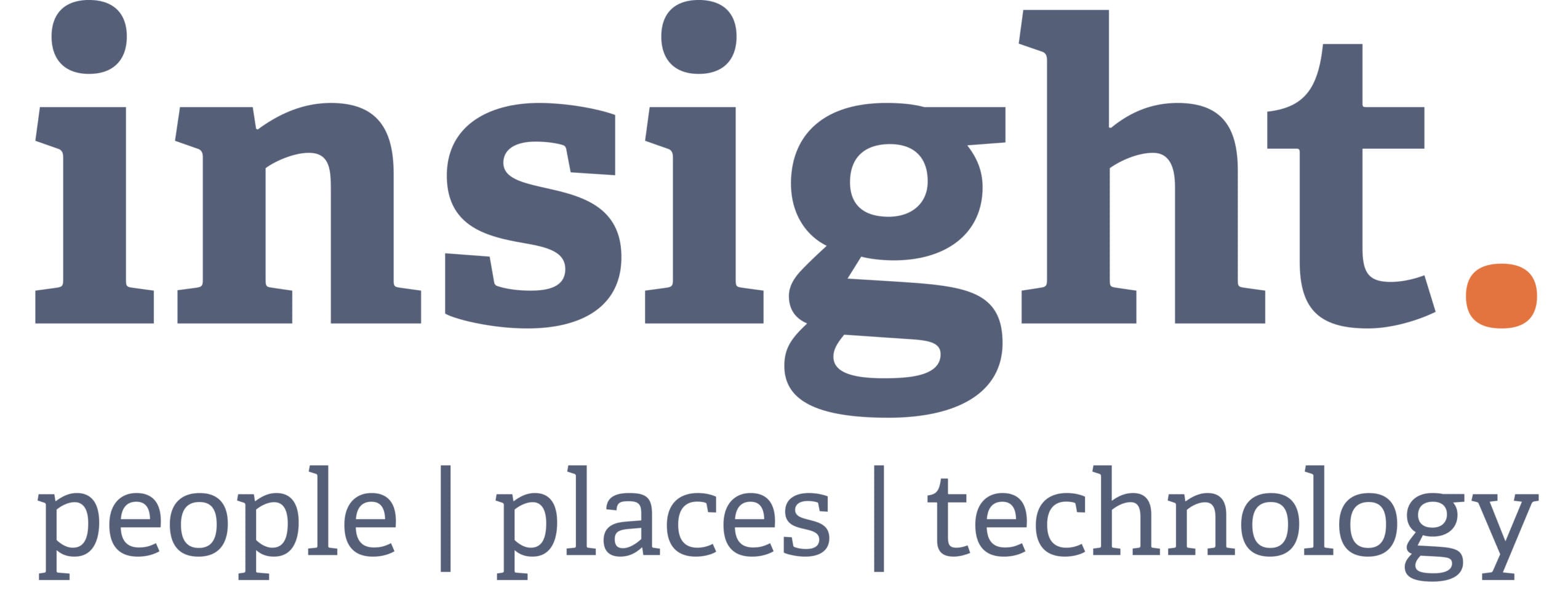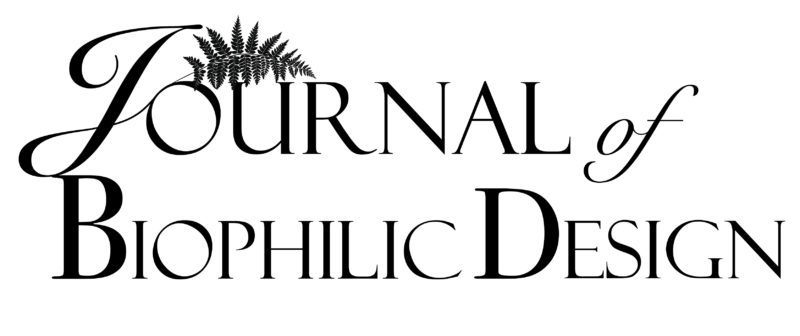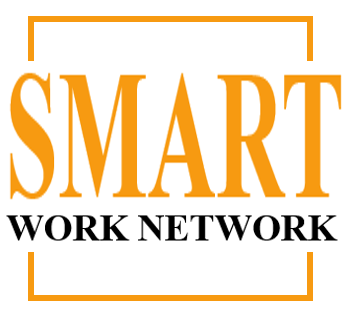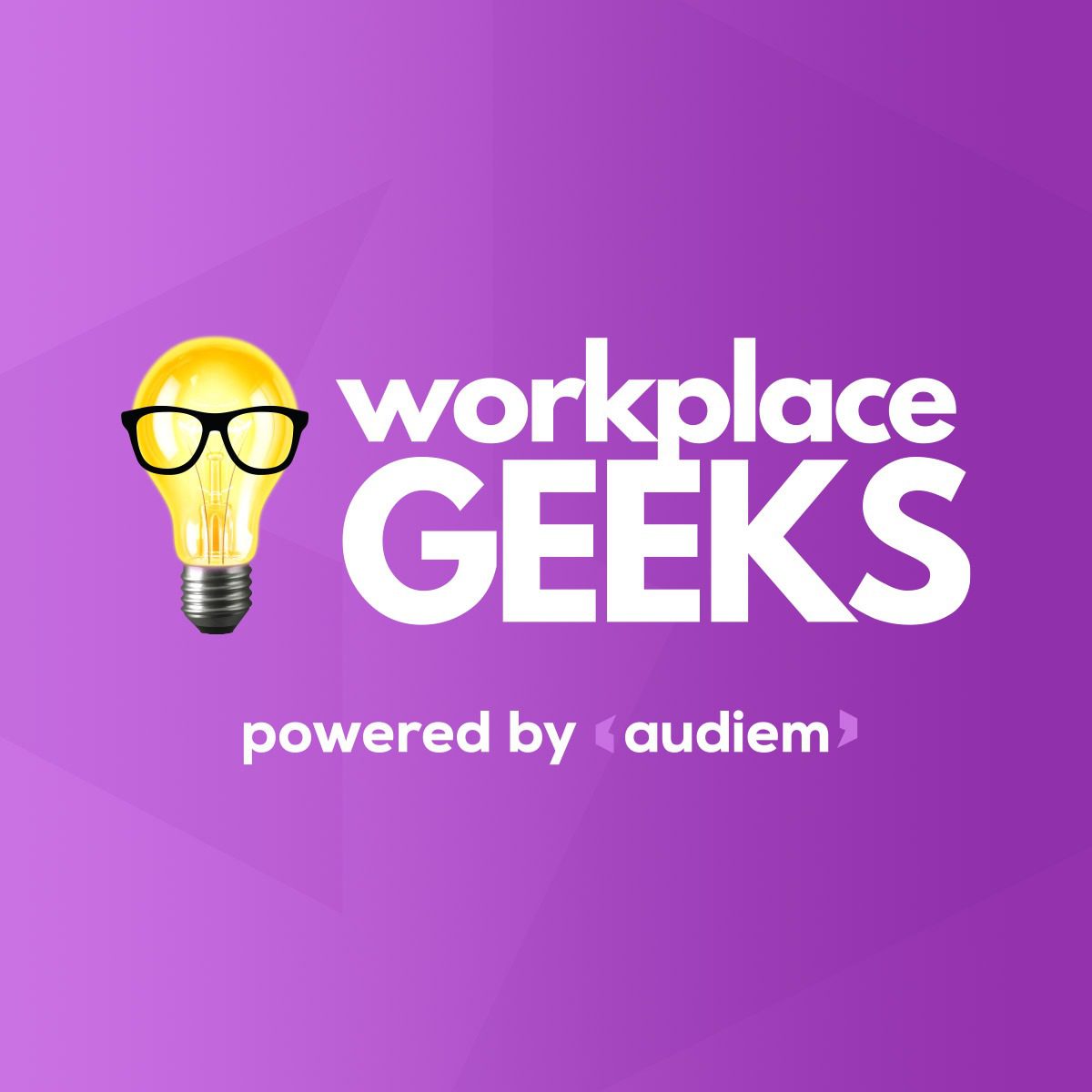Spring Summit 2024 – Programme
Cavendish Conference Centre, London & Online
10:00am – 4:30pm GMT+1, followed by Drinks Social

Programme
Registration, Exhibition, Coffee & Pastries (9.15)
Welcome and Introduction (10.00)
– Nigel Oseland, Environmental Psychologist, Workplace Consultant at Workplace Unlimited

What if the Office Is an Accelerator for Collective Progress? A Human-Centric Exploration of Workplace Value (10.10)
– Kerri Henderson, Strategy Director, Gensler
– Naomi Sakamoto, Studio Director, Gensler
If we have proven over the last 3 years that most office work can happen at home, what is the value of the office to the employee and to society? The pandemic helped us remember what’s truly important: life with other people. We envision the office not just as a workspace but as an accelerator for collective progress and a cornerstone of the trust economy.
Leveraging data from Gensler’s UK Workplace Survey 2023, we will delve into the societal and individual value of the office environment. We are also excited to unveil the latest UK workplace data set to be released in March 2024 that will provide further unique insights into the evolving dynamics of work, presenting a data-rich yet human-centric perspective on the value of the office for both individuals and society.


The Chameleon Workplace (10.35)
– Iain Shorthose, Global Workplace Experience Director, Paragon Workplace Solutions
– Steven O’Leary, Workplace Transformation Director, Paragon Workplace Solutions
To thrive, not just survive, like the Chameleon, the workplace of the future will need to evolve by responding to what is changing around it. In this session, Iain and Steven will share recent insights from Paragon Workplace Place Solutions latest report, The Chameleon Workplace. Insights from 1000 UK based respondents, across 18 sectors, explore what it really means to create an inclusive workplace, and the importance of utilising end-user data to inform workplace investment and design.
Also in this session, we will look at how an organisations’ attitude to workplace design and culture is likely to inform how they perform throughout what is predicted to be many more years of significant workplace change. And finally, with all the noise and uncertainty surrounding it, what is the role of AI and Automation in the workplace of the future… enabler or disrupter?


Workplace Experience Insights at NatWest – A Case Study of AI-Powered Impact and Change (11.00)
– Paul Urmston, Area Workplace Manager at NatWest Group and Ian Ellison, Director and Co-Founder, Audiem
Eighteen months ago, NatWest began using an AI-powered workplace experience analytics approach to better explore its colleague workplace experiences and how to improve them. The aspiration was not just to understand what things were important to colleagues, but also why.
Approaching 40,000 verbatim talking points later, NatWest’s property team know more about their office and branch workplaces – and how to improve them – than ever before. This case study features data insights and workplace leadership tactics to help workplace professionals both unlock their own actionable insights and engage other workplace stakeholders.


Morning Break and Exhibition (11.25)
Video Communication and Informal Interactions: The influence of video communication on informal interactions between dispersed workers (11.55)
– Maria Tam, Spacial Psychologist at MAKE Architects
We need informal interactions when we work – eg unplanned encounters, that can occur frequently, multiple times a day. This kind of interaction is useful, providing people with an opportunity to clarify misunderstandings, collaborate, and build bonds with others.
But they are difficult to form when those that we want to interact with are working in different locations. In these situations, it’s common to use virtual communication. But these tend to be planned in advance, and doesn’t help us to have informal interactions.
Past studies of video communication have not considered how the space layout and positioning of video communication units can influence informal social interactions between people working in different locations. Neither have they considered how people’s perceptions of video communication can influence their use of the technology for informal social interactions.
This presentation examines these gaps through a new research project on the use of video communication units within the international offices of an architecture firm. The results add to existing knowledge of how video comms can be shaped to support informal interactions between globally dispersed workers and can be applied to inform the design of hybrid workplaces of the future, where the experience of physical and digital spaces is intertwined through emerging augmented reality technology.

‘It’s a Piece of Cake’ – Exploring what makes workers feel connected, creative, and well in hybrid working environments (12.20)
– Dr Harriet Shortt, Associate Professor in Organisation Studies, Bristol Business School, University of the West of England and Head of Visual Engagement, Bibo Studio
Working with a large housing group, this research sought to understand how workspaces help create great colleague experiences. As part of their workspace strategy, the organisation was keen to uncover the hybrid-working practices and lived experiences of staff, post-pandemic, and examine how the spaces and places of work impact connectivity, creativity, and well-being.
We worked with staff at various levels within the organisation and used participant-led photography to capture their everyday experiences of workspaces. Staff submitted images and descriptions and attended workshops to explore the photographs and their meanings. The workshops included discussions on the visual data and the creation of collage pictures to understand the future workplace.
Findings from this research point towards 2 core findings: the importance of food and drink in the workplace and where and how this is shared; and how and why people curate workspaces, (at home and work), to make a salutogenic environment that supports their aesthetic and creative needs.
This has led to recommendations for the organisation that support:
1) A workplace food strategy
2) How to enable workspace curation

Lunch and Exhibition (12.45)
Afternoon Chair’s Welcome Back (13.45)
– Simone Fenton-Jarvis, Workplace Consultant, Human-Centric Leader at The Human-Centric Workplace

The Future of Cities and the Implications for Work and Place (13.55)
– Mark Catchlove, Director, Global Insight Group, MillerKnoll
Are you curious about how our Cities will evolve in the future? And how that might affect the way we live, work and commute?
The Copenhagen Institute for Futures Studies has partnered with MillerKnoll to explore possible future scenarios for urban living. MillerKnoll and CIFS have collaborated in an exploratory process, resulting in four co-created scenarios for future urban living towards 2038.
The 4 Scenarios are Homegrown Urbanism; Urban Togetherness; No Friction, No Serendipity; and Balancing Act. Intrigued? Hear more about these 4 Scenarios from Mark Catchlove.

The Productivity and Sustainability Impacts of Working Flexibly – An Approach to Embracing Complexity (14.20)
– Andy Lake, author and founder of Flexibility.co.uk and Smart Work Network
For his recently published book, Beyond Hybrid Working, Andy Lake has dived into the research on the impacts of flexible working – in particular ‘remote working’ – on productivity and on the environment. His findings are also informed by data from his 25+ years working with organisations to change and evaluate their ways of working.
Andy’s approach goes beyond the sometimes tribal ‘home versus office’ debates that tend to colour the claims for negative or positive impacts in these two key areas. Instead he sets out ways to embrace complexity, looking at the range of factors and dependencies that make a difference to productivity and sustainability across all the locations in the extended workplace. En route, he also tackles the question ‘what is productivity anyway?’ (the easy one!), and sets a challenge for researchers in this field.

Reap What You Sow: What’s the value (£) of Biophilic Design? (14.45)
– Joyce Chan-Schoof (RIBA), PhD Research Researcher, Loughborough University and Sustainability Lead, UK Parliament
Given employees are the largest cost for a business, to what extent can biophilic design save companies money by ensuring that staff are healthier and happier at work? We explore these questions by delving into the monetary benefits of biophilic design. This presentation presents new ways to capture the tangible well-being and environmental values of connecting with nature in the workplace.
This project is part of a doctoral research project at Loughborough University in collaboration with PLP Architects, Benholm and Reading University. Joyce’s research is funded by the Design Star (AHRC), and the BCO sponsored the pilot study.

Afternoon Break and Exhibition (15.10)
Inclusive Workplaces: challenges and opportunities when designing inclusive and accessible buildings (15.40)
– Matteo Zallio, Assistant Professor, University of Cambridge
Inclusive Design has been widely promoted in the fields of product, engineering, and user experience design.
Despite the educational efforts made by scientists, practitioners, and institutions to raise awareness about accessibility and inclusion, Inclusive Design has not been widely embraced in architectural design practice, where it is often associated with design for disability.
With this presentation we will share a recent multidisciplinary study, spanning behavioural science, ergonomics, and the social sciences of architecture, exploring the challenges architectural design practitioners face when designing inclusive workplaces, and identifying opportunities to promote the adoption of Inclusive Design.
The results of a questionnaire completed by 114 architectural design practitioners underscore the lack of client awareness of the benefits of inclusive design, highlight the important role practitioners can play in advocating for Inclusive Design, and emphasise the need to develop practices and tools that enhance the design and post-design phases of workplaces to ensure inclusion, diversity, equity, and accessibility.

Empathetic Modelling Intervention To Inform the Design Process (16.05)
– Kim Hutton, Ergonomist & Chartered Physiotherapist at Human Connections
This research looked at whether ‘state empathy’ in the design-thinking process could be influenced and measured and this peer reviewed study’s findings were then presented at the International Ergonomics and Human Factors Conference, 2021.
For this study architects were sent a set of tasks which they had to perform whilst wearing eye glasses and gloves that simulated loss of visual acuity and hand dexterity. The tasks were a combination of daily living activities and design-related tasks using Computer-Aided Design.
The initial results indicated that when architects took part in an immersive experiment their state empathy levels increased, pre-post, when measured on a psychometric scale. This was a mixed methods research paper and the post intervention interviews revealed some interesting design-thinking insights.

Moderator’s Wrap Up, followed by Drinks Social (16.30)
Register Now
Delegate registration is now open. Click here to go to our booking system.
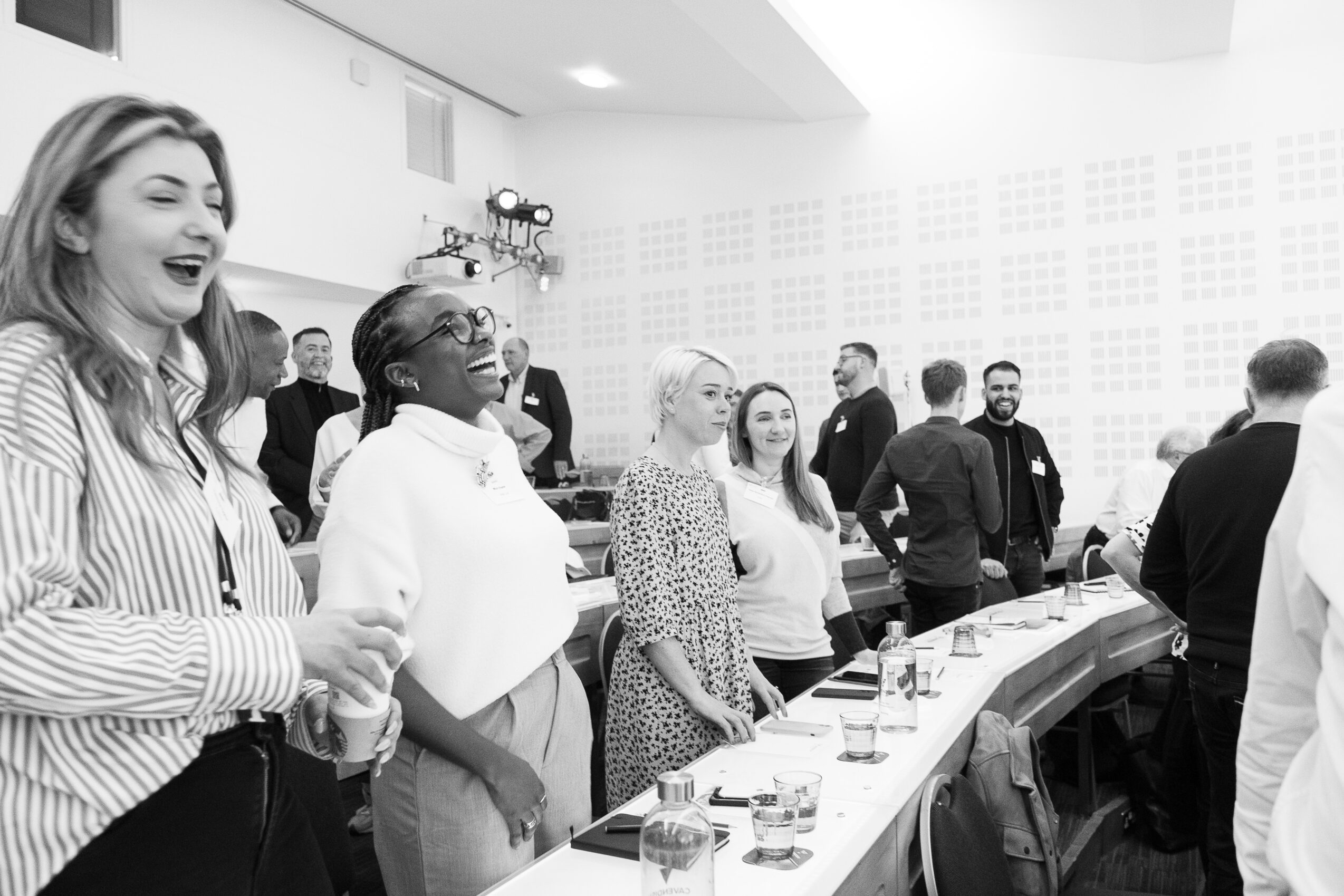
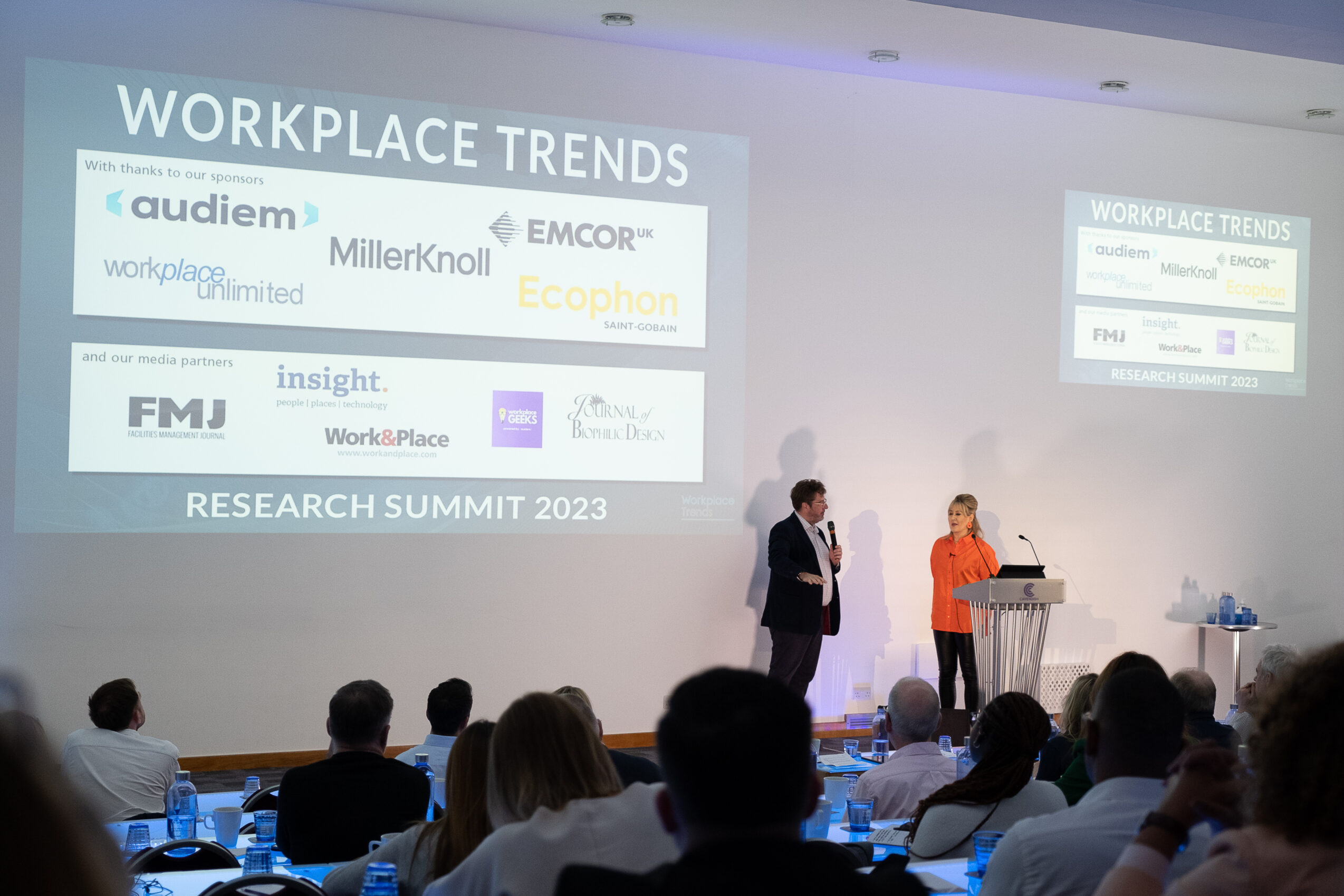
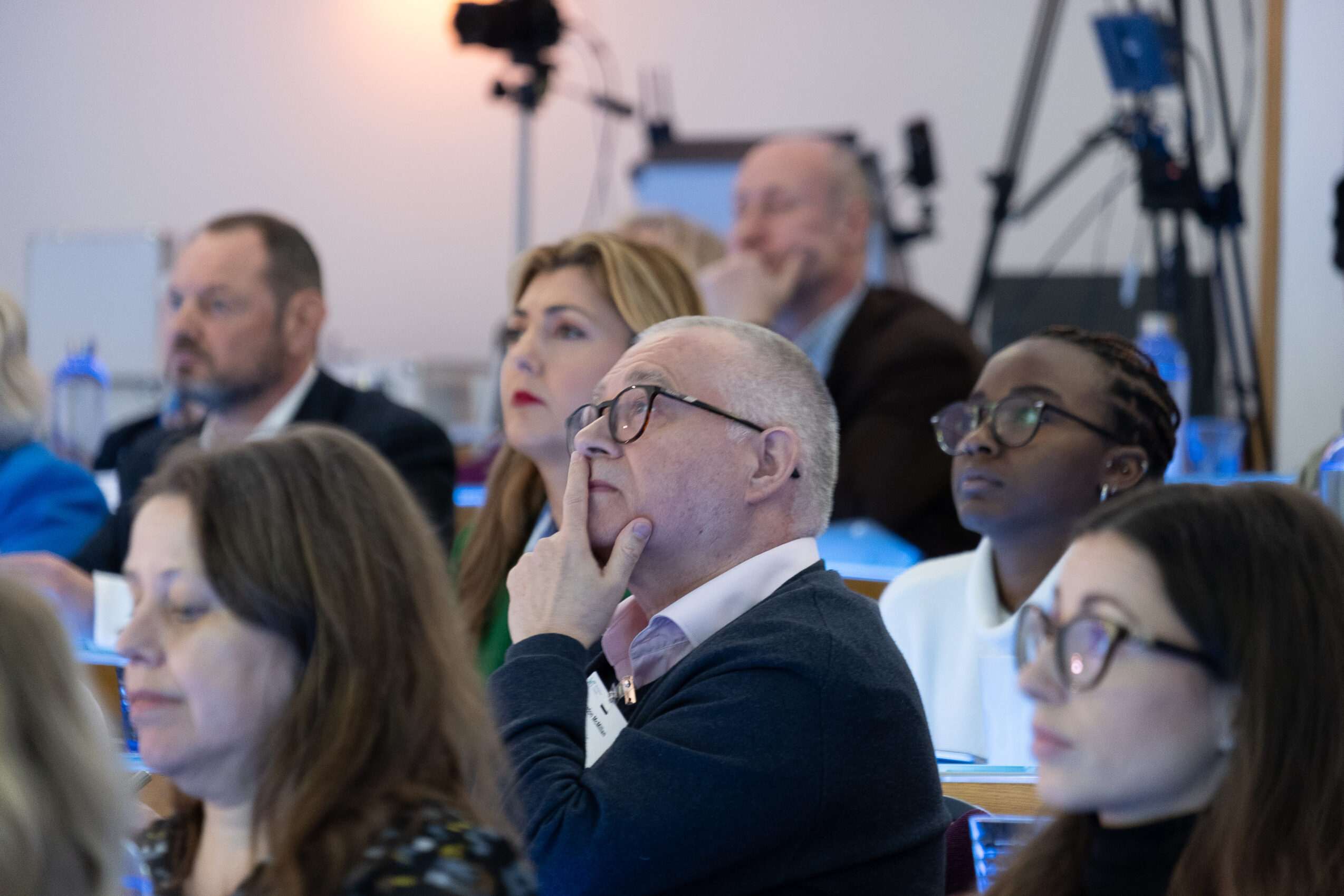
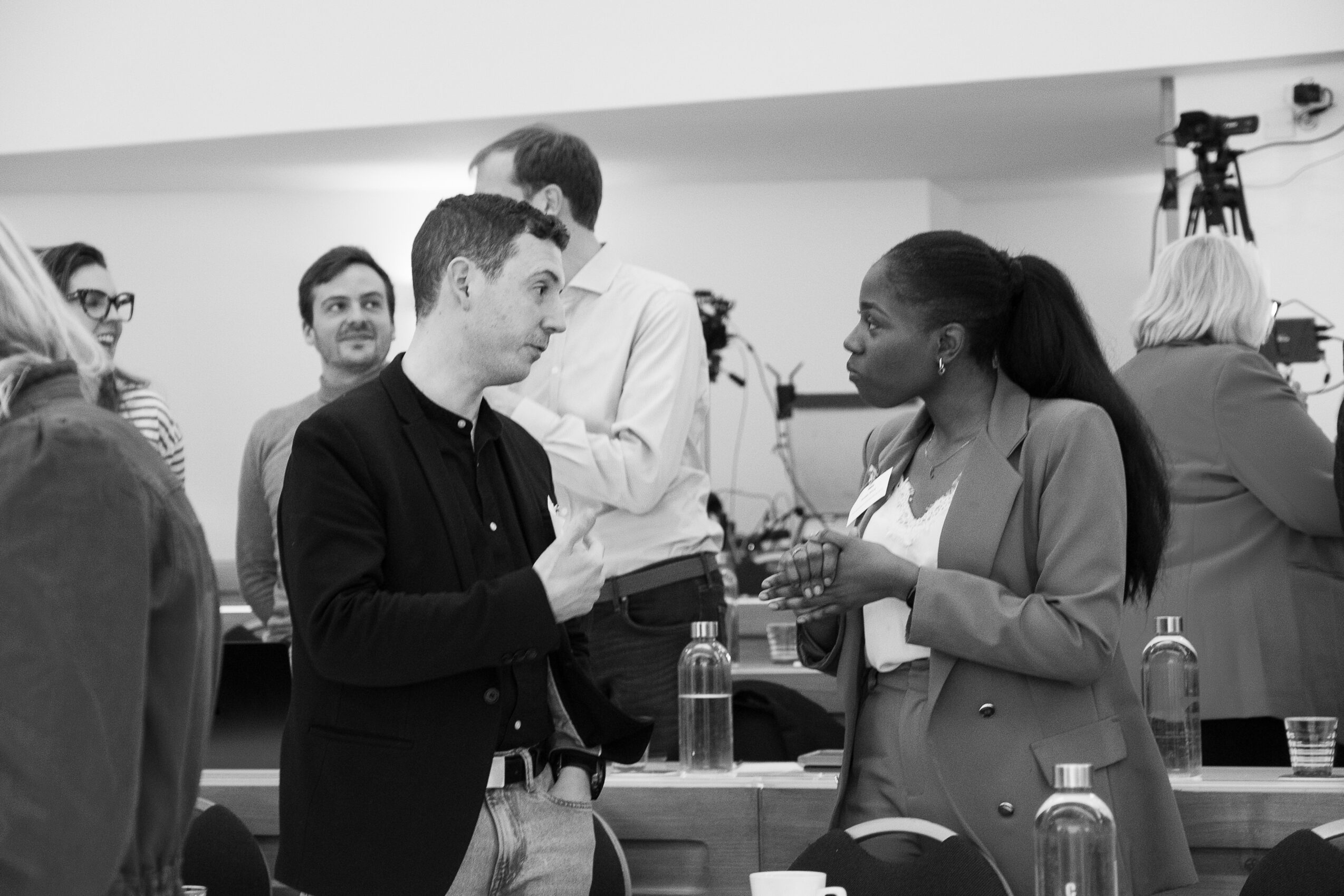
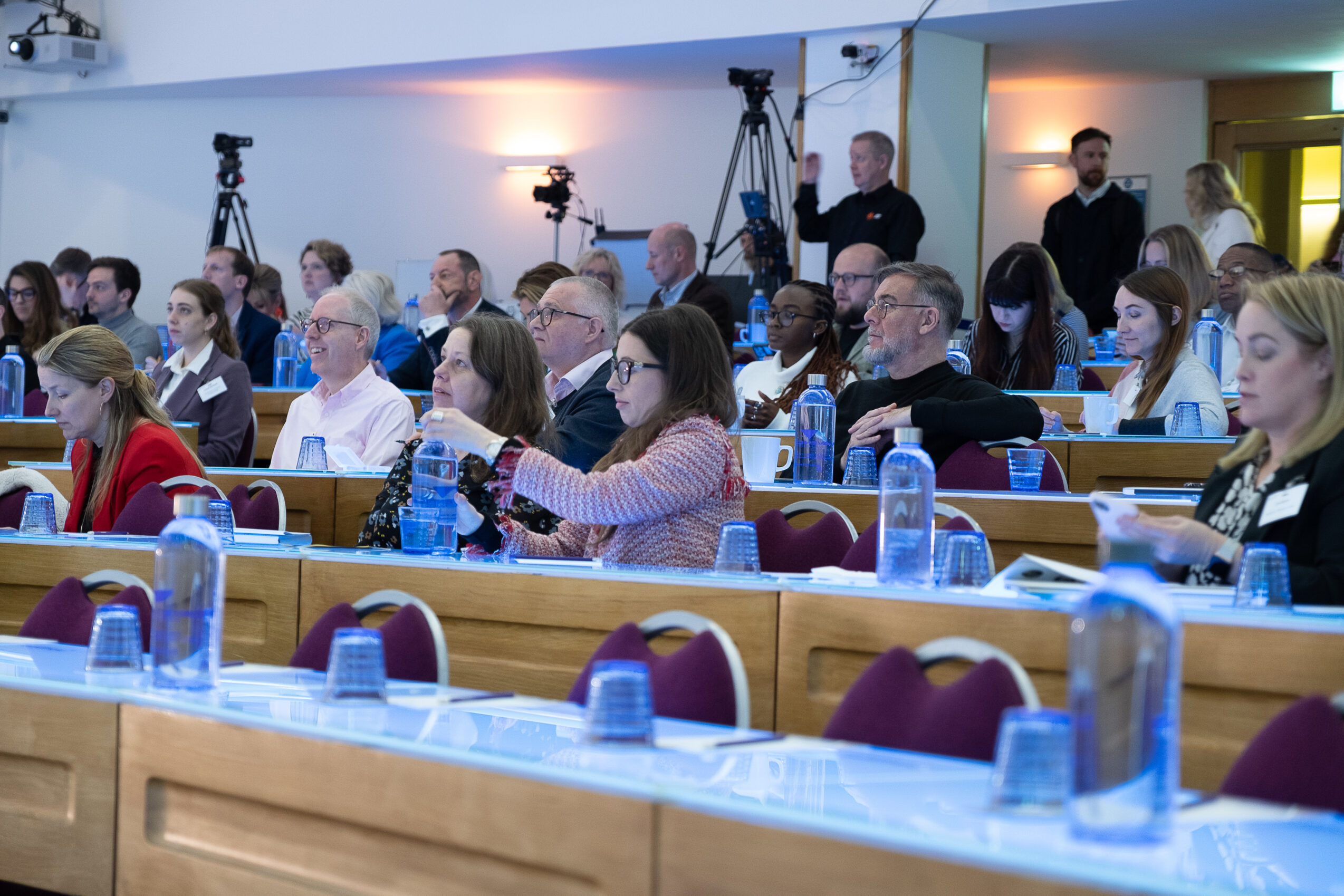
Workplace Trends is proud to support One Tree Planted. We help them plant a tree for every delegate booking.








